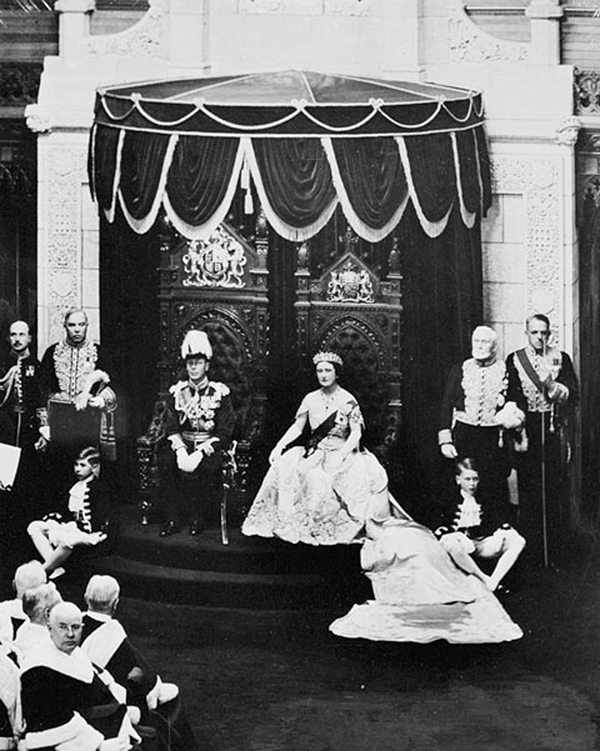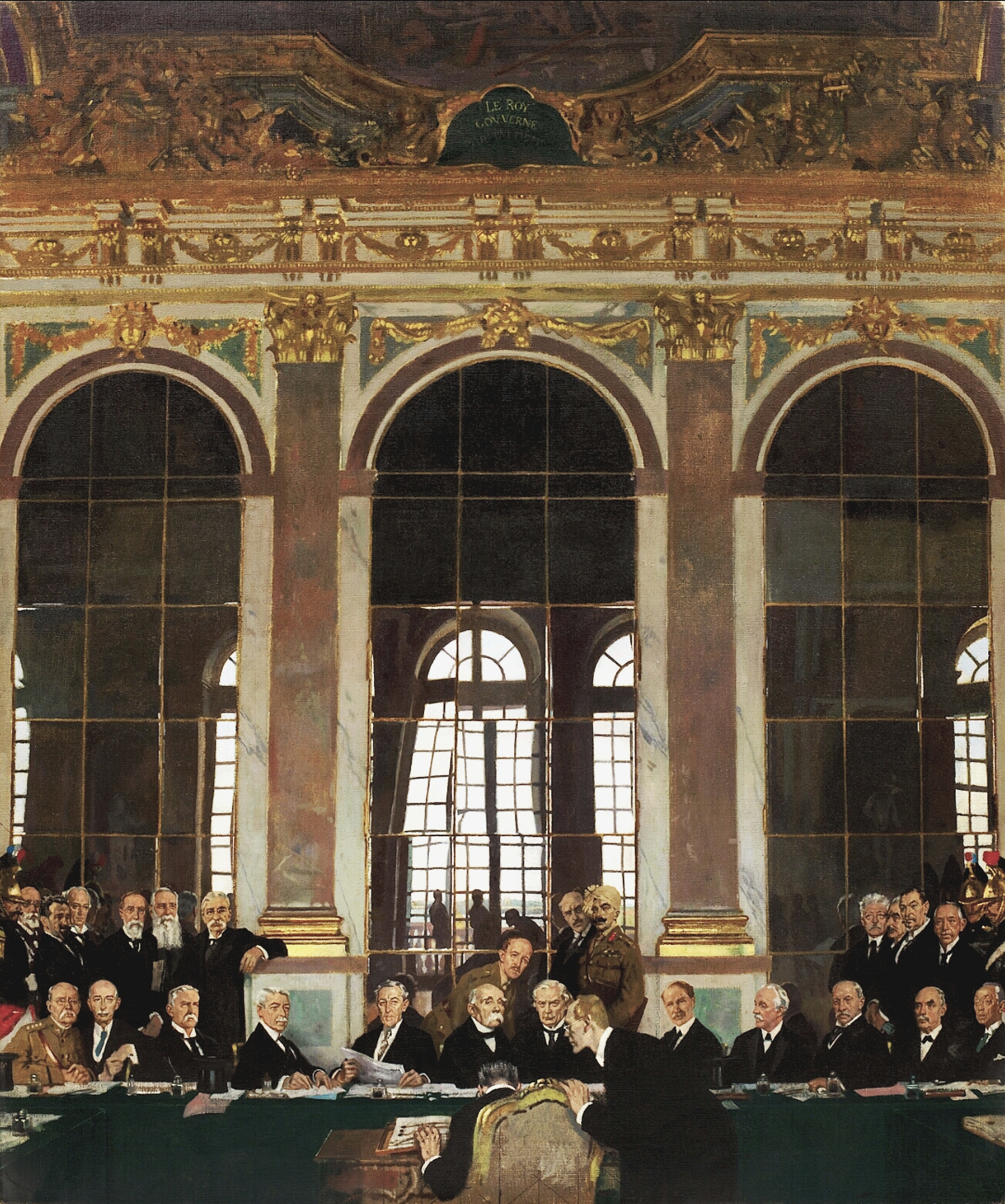|
Protection Of Stocking Frames, Etc. Act 1788
The Protection of Stocking Frames, etc. Act 1788 ( 28 Geo. 3. c. 55) was an Act of Parliament passed by the British Government in 1788 and aimed at increasing the penalties for the deliberate disruption of the activity of mechanical knitting machines (stocking frames). Contents Section one of the Act made failure to return frames that had been hired from their owner punishable with a fine, whilst section two made unlawfully disposing of hired frames punishable with imprisonment, and section three made the purchaser equally culpable if he or she knew the frames were not the property of the seller. The final (and most strongly worded) section of the Act, section four, made the outright destruction of the frames a felony punishable by 7 to 14 years transportation. The Act also included the same penalty for entering by force with the intent to destroy frames or their associated paraphernalia. It was established in later case law that theft of items integral to the correct functioning ... [...More Info...] [...Related Items...] OR: [Wikipedia] [Google] [Baidu] |
28 Geo
8 (eight) is the natural number following 7 and preceding 9. Etymology English ''eight'', from Old English '', æhta'', Proto-Germanic ''*ahto'' is a direct continuation of Proto-Indo-European '' *oḱtṓ(w)-'', and as such cognate with Greek and Latin , both of which stems are reflected by the English prefix oct(o)-, as in the ordinal adjective ''octaval'' or ''octavary'', the distributive adjective is ''octonary''. The adjective ''octuple'' (Latin ) may also be used as a noun, meaning "a set of eight items"; the diminutive '' octuplet'' is mostly used to refer to eight siblings delivered in one birth. The Semitic numeral is based on a root ''*θmn-'', whence Akkadian ''smn-'', Arabic ''ṯmn-'', Hebrew ''šmn-'' etc. The Chinese numeral, written (Mandarin: ''bā''; Cantonese: ''baat''), is from Old Chinese ''*priāt-'', ultimately from Sino-Tibetan ''b-r-gyat'' or ''b-g-ryat'' which also yielded Tibetan '' brgyat''. It has been argued that, as the cardinal nu ... [...More Info...] [...Related Items...] OR: [Wikipedia] [Google] [Baidu] |
Daniel Coke
Daniel Parker Coke (17 July 1745 – 6 December 1825), was an English barrister and Member of Parliament. Early life Coke was the only son of Thomas Coke (1700–1776), a barrister, and his wife, Matilda Goodwin (1706–1777). He belonged to an old Derbyshire family, the Cokes of Trusley. He was educated at Derby School, Queen's College, Oxford, and All Souls College, Oxford, graduating BA in 1769 and MA in 1772. He then studied law at Lincoln's Inn, London, where he was called to the bar in 1768. Career Coke practised as a barrister on the Midland circuit. In 1773 and 1774 he was in Italy where he met Joseph Wright of Derby. Wright was not the first to note on what an attractive man Coke was, and Coke visited Wright at his abode in Italy. Coke is thought to be the only person who appears in a Wright painting and who also bought one of Wright's industrial landscapes. From 1776 to 1780 he was a Member of Parliament for Derby, then from 1780 to 1812 for Nottingham. From ... [...More Info...] [...Related Items...] OR: [Wikipedia] [Google] [Baidu] |
Statute Law Revision Act 1871
A statute is a law or formal written enactment of a legislature. Statutes typically declare, command or prohibit something. Statutes are distinguished from court law and unwritten law (also known as common law) in that they are the expressed will of a legislative body, whether that be on the behalf of a country, state or province, county, municipality, or so on. Depending on the legal system, a statute may also be referred to as an "act." Etymology The word appears in use in English as early as the 14th century. "Statute" and earlier English spellings were derived from the Old French words ''statut'', ''estatut'', ''estatu,'' meaning "(royal) promulgation, (legal) statute." These terms were in turn derived from the Late Latin ''statutum,'' meaning "a law, decree." Publication and organization In virtually all countries, newly enacted statutes are published and distributed so that everyone can look up the statutory law. This can be done in the form of a government gazette, whi ... [...More Info...] [...Related Items...] OR: [Wikipedia] [Google] [Baidu] |
Master And Servant Act 1889
The Master and Servant Act 1889 ( 52 & 53 Vict. c. 24) is an act of the Parliament of the United Kingdom that repealed for the United Kingdom enactments relating to master and servants from 1702 to 1811 which had ceased to be in force or had become necessary. Background In the United Kingdom, acts of Parliament remain in force until expressly repealed. Blackstone's ''Commentaries on the Laws of England'', published in the late 18th-century, raised questions about the system and structure of the common law and the poor drafting and disorder of the existing statute book. In 1806, the Commission on Public Records passed a resolution requesting the production of a report on the best mode of reducing the volume of the statute book. From 1810 to 1825, ''The Statutes of the Realm'' was published, providing for the first time the authoritative collection of acts. In 1816, both Houses of Parliament, passed resolutions that an eminent lawyer with 20 clerks be commissioned to make ... [...More Info...] [...Related Items...] OR: [Wikipedia] [Google] [Baidu] |
Stocking Frame
A stocking frame was a mechanical knitting machine used in the textiles industry. It was invented by William Lee of Calverton near Nottingham in 1589. Its use, known traditionally as framework knitting, was the first major stage in the mechanisation of the textile industry, and played an important part in the early history of the Industrial Revolution. It was adapted to knit cotton and to do ribbing, and by 1800 had been adapted as a lace making machine. Description Lee's machine consisted of a stout wooden frame. It did straight knitting, not tubular knitting. It had a separate needle for each loop - these were low carbon steel bearded needles where the tips were reflexed and could be depressed onto a hollow, closing the loop. The needles were supported on a needle bar that passed back and forth, to and from the operator. The beards were simultaneously depressed by a presser bar. The first machine had eight needles per inch and was suitable for worsted. The next version had 1 ... [...More Info...] [...Related Items...] OR: [Wikipedia] [Google] [Baidu] |
Royal Assent
Royal assent is the method by which a monarch formally approves an act of the legislature, either directly or through an official acting on the monarch's behalf. In some jurisdictions, royal assent is equivalent to promulgation, while in others that is a separate step. Under a modern constitutional monarchy, royal assent is considered little more than a formality. Even in nations such as the United Kingdom, Norway, the Netherlands, Liechtenstein and Monaco which still, in theory, permit their monarch to withhold assent to laws, the monarch almost never does so, except in a dire political emergency or on advice of government. While the power to veto by withholding royal assent was once exercised often by European monarchs, such an occurrence has been very rare since the eighteenth century. Royal assent is typically associated with elaborate ceremony. In the United Kingdom the Sovereign may appear personally in the House of Lords or may appoint Lords Commissioners, who anno ... [...More Info...] [...Related Items...] OR: [Wikipedia] [Google] [Baidu] |
Destruction Of Stocking Frames, Etc
Destruction may refer to: Concepts * Destruktion, a term from the philosophy of Martin Heidegger * Destructive narcissism, a pathological form of narcissism * Self-destructive behaviour, a widely used phrase that ''conceptualises'' certain kinds of destructive acts as belonging to the self * Slighting, the deliberate destruction of a building * Final destruction, the end of the world Comics and gaming * Destruction (DC Comics), one of the Endless in Neil Gaiman's comic book series ''The Sandman'' * Destructoid, a video-game blog Music * Destruction (band), a German thrash metal band * '' ''Destruction'' (EP)'', a 1994 EP by Destruction * "Destruction" (song), a 2015 song by Joywave * "Destruction", a 1984 song by Loverboy featured in Giorgio Moroder’s restoration of the film ''Metropolis'' * "The Destruction", a song from the 1988 musical '' Carrie'' Television and film * "Destruction" (UFO), a 1970 episode of ''UFO'' * ''Destruction'' (film), a 1915 film starring Theda ... [...More Info...] [...Related Items...] OR: [Wikipedia] [Google] [Baidu] |
Capital Punishments, Etc
Capital and its variations may refer to: Common uses * Capital city, a municipality of primary status ** Capital region, a metropolitan region containing the capital ** List of national capitals * Capital letter, an upper-case letter Economics and social sciences * Capital (economics), the durable produced goods used for further production * Capital (Marxism), a central concept in Marxian critique of political economy * Economic capital * Financial capital, an economic resource measured in terms of money * Capital good * Human capital * Natural capital * Public capital * Social capital Architecture and buildings * Capital (architecture), the topmost member of a column or pilaster * The Capital (building), a commercial building in Mumbai, India * Capital (fortification), a proportion of a bastion Arts, entertainment and media Literature Books * ''Capital'' (novel), by John Lanchester, 2012 * ''Das Kapital'' ('Capital: Critique of Political Economy'), a foundationa ... [...More Info...] [...Related Items...] OR: [Wikipedia] [Google] [Baidu] |
4 Geo
4 (four) is a number, numeral and digit. It is the natural number following 3 and preceding 5. It is a square number, the smallest semiprime and composite number, and is considered unlucky in many East Asian cultures. Evolution of the Hindu-Arabic digit Brahmic numerals represented 1, 2, and 3 with as many lines. 4 was simplified by joining its four lines into a cross that looks like the modern plus sign. The Shunga would add a horizontal line on top of the digit, and the Kshatrapa and Pallava evolved the digit to a point where the speed of writing was a secondary concern. The Arabs' 4 still had the early concept of the cross, but for the sake of efficiency, was made in one stroke by connecting the "western" end to the "northern" end; the "eastern" end was finished off with a curve. The Europeans dropped the finishing curve and gradually made the digit less cursive, ending up with a digit very close to the original Brahmin cross. While the shape of the character ... [...More Info...] [...Related Items...] OR: [Wikipedia] [Google] [Baidu] |
UK Labour Law
United Kingdom labour law regulates the relations between workers, employers and trade unions. People at work in the UK have a minimum set of employment rights, from Acts of Parliament, Regulations, common law and equity (legal concept), equity. This includes the right to a minimum wage of £11.44 for over-23-year-olds from April 2023 under the National Minimum Wage Act 1998. The Working Time Regulations 1998 give the right to 28 days paid holidays, breaks from work, and attempt to limit long working hours. The Employment Rights Act 1996 gives the right to leave for child care, and the right to request flexible working patterns. The Pensions Act 2008 gives the right to be automatically enrolled in a basic occupational pension, whose funds must be protected according to the Pensions Act 1995. Workers must be able to vote for trustees of their occupational pensions under the Pensions Act 2004. In some enterprises, such as universities or NHS foundation trusts, staff can Codeterminati ... [...More Info...] [...Related Items...] OR: [Wikipedia] [Google] [Baidu] |




